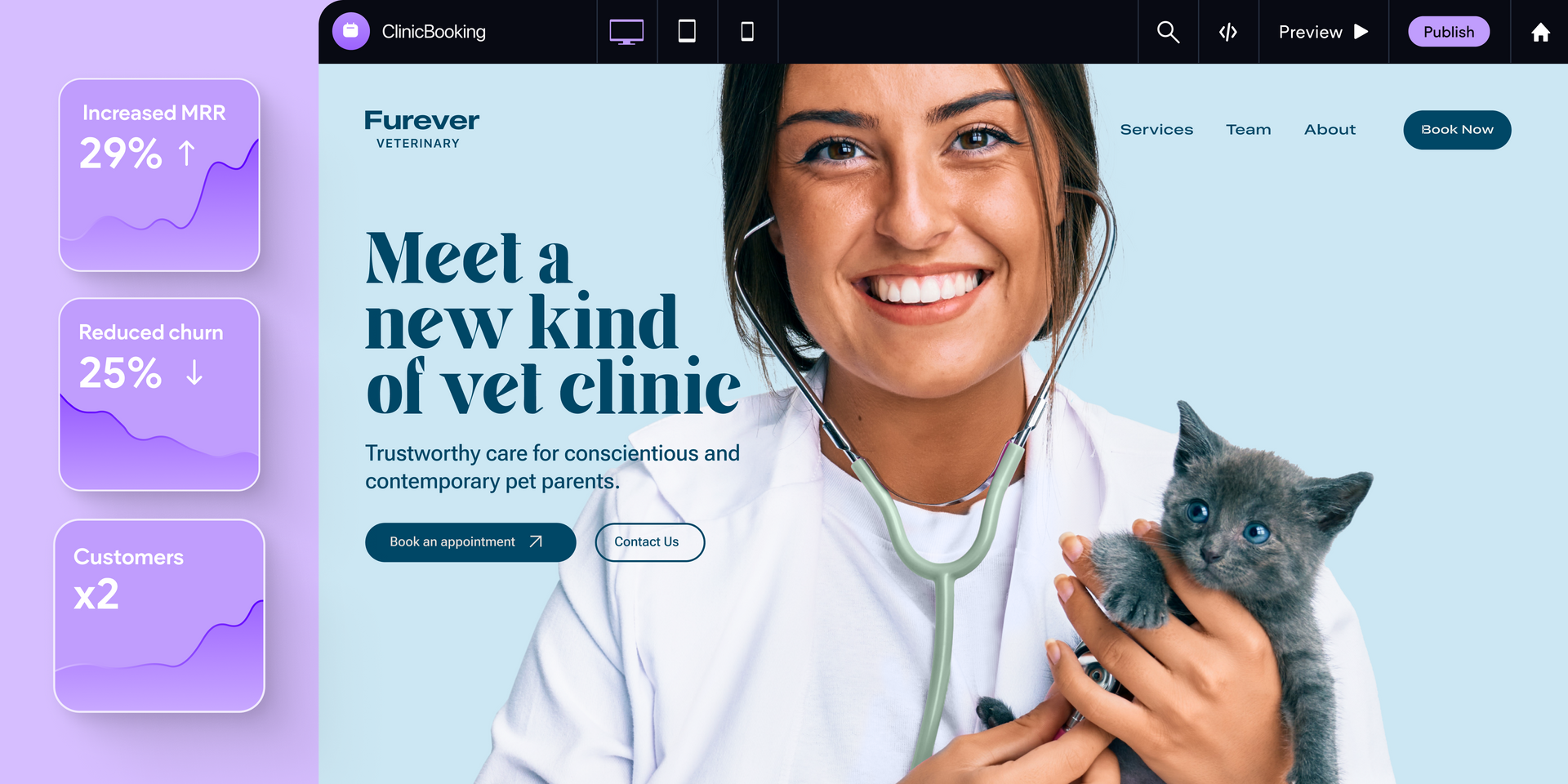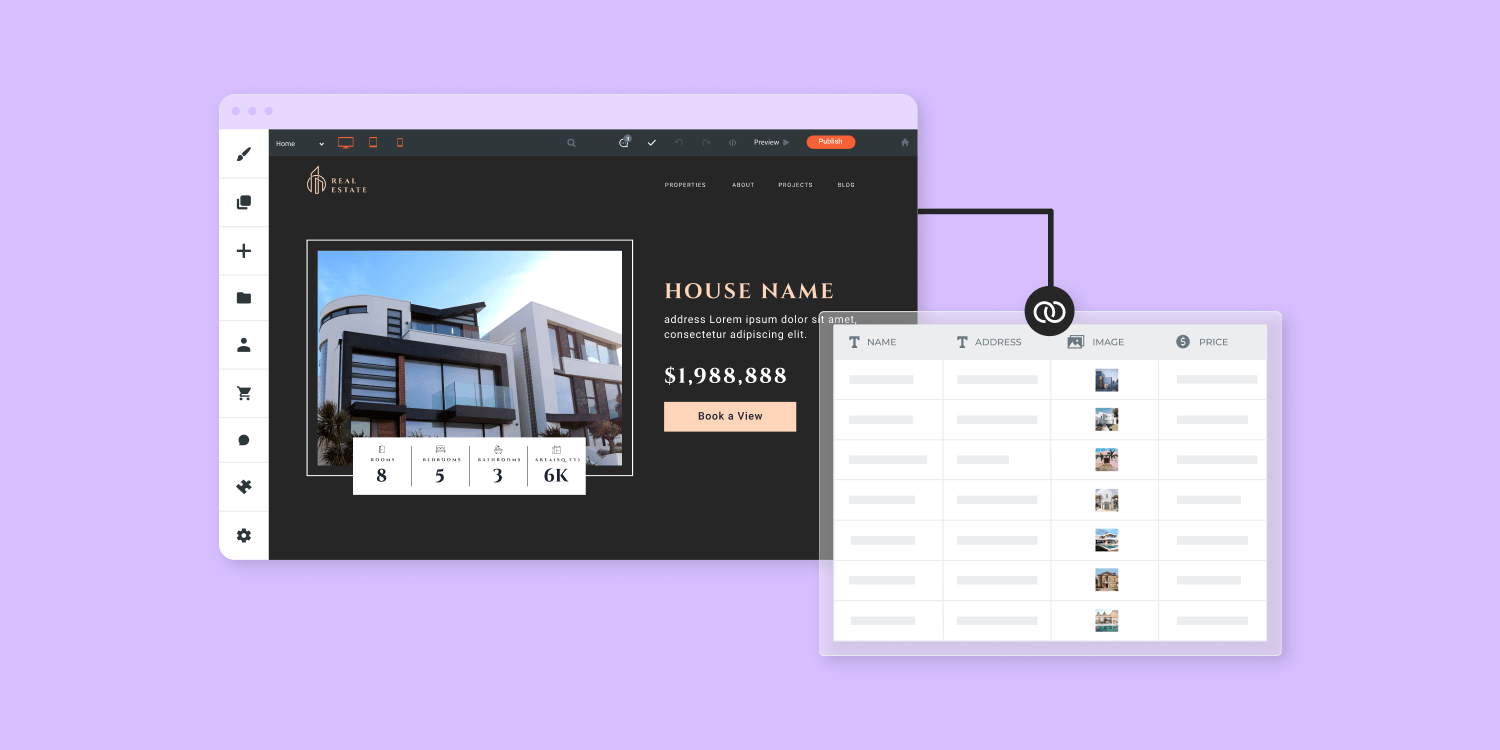Customer Value is the perceived difference between a SaaS solution’s benefits & its cost, in the eyes of the customers. With that in mind, SaaS providers should identify strategic moves that have the potential to drive the most impact on Customer Value long term.
1. Become an indispensable partner
Serving SMBs is notoriously difficult due to high failure rates and subsequent churn for your business. A top-performing website will help SMBs become more viable, which in turn will grow their dependability on your solution and improve stickiness.
2. Improve product adoption strategy
Many SaaS providers depend on their end customers having a website for the delivery of their software. When existing customer websites are poorly executed and hinder adoption, offering a website that is pre-integrated with your core technology becomes non-negotiable.
For example, think of a booking engine serving tour operators or donation software for nonprofits that rely on performant websites to drive their businesses.
3. Increase retention with value multipliers
Websites with advanced capabilities become value multipliers in the eyes of SMBs. For example,
online stores, businesses with click-to-call widgets and other lead-generating features, will help increase customer satisfaction by providing smoother, faster interactions.
But, that’s not all. High-converting websites drive engagement and enable more transactions, which ultimately increases the retention of your SaaS platform.
Integrating with a website-building platform can have an immediate impact on your top line as well.
1. Introduce new revenue streams
You can expand your core offering to include a professional website, as part of your suite of services. Use websites as a sales tactic to acquire new customers or entice upgrade behavior by bundling them with your existing offers.
2. Serve a new market
New to SMBs? Websites allow you to address a downstream market or attract SMBs earlier in their lifecycle. This might be extremely relevant when looking to serve low-tech markets by taking them online with your digital solution.
Have you considered offering websites as a strategic move for your company?
Contact us to find out how other SaaS providers have transformed their businesses by partnering with Duda’s website-building platform.










